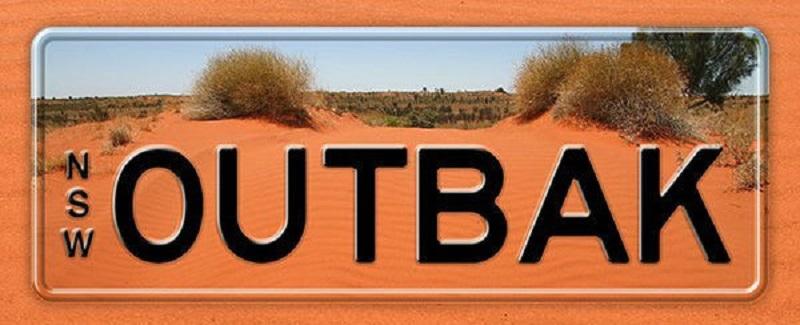When Bronwen Morgan and her husband Jim Conley moved back to Australia with two small children in tow, her mother lent them her car.
But within a week they’d racked up two parking tickets near their home in South Coogee in Sydney.
Why is Melbourne’s peak hour so bad?
“We asked her to take it back,” Ms Morgan said.
Five years later, Ms Morgan and her husband still don’t have a car. Both adults work in the eastern suburbs and ride a bike to work, while the children Cassidy, 9, and Brooklyn, 7, walk to school.
The family has groceries delivered and gets around mostly by walking, cycling and catching buses.
“It definitely does make you more physically active and I wanted the kids to have that habit, especially of walking to school,” Ms Morgan said. “We have good conversations as we walk and ride to school, and more encounters with other people so it’s a less privatised life with better communication and more connection to community.
It’s also a practical way to make the kids aware of climate change and the environment.”
The family uses a car once a week on a Saturday to do any extra shopping and ferry the children between activities such as swimming and drama. They borrow a car through a car share scheme, paying by the hour and kilometre.
Car sharing is a growing trend. The pioneer in Australia was GoGet, which launched in 2003.
It now has 95,000 members and 2300 vehicles across Australia. In the City of Sydney, one in five residents are GoGet members.
Other car sharing services include GreenShareCar, FlexiCar and DriveMyCar.
Car Next Door estimates each car share vehicle represents 10 cars that have been disposed of or avoided, resulting in a net reduction of nine vehicles.
Yet despite the emergence of car sharing and also ridesharing services such as Uber, car ownership rates are increasing even in the biggest cities.
In the 2016 census, only 8 per cent of households in greater capital cities did not own a car. Back in 1991, 14 per cent of households in greater capital cities managed without a car and it’s been a steady decline since then.
Australians are also increasingly likely to have multiple cars. In 1991, 46 per cent of households in greater capital cities had two or more cars, compared with 58 per cent in 2016.
Recent figures from the Bureau of Statistics suggest transport is our third biggest expense, behind housing and food, soaking up 14.5 per cent of household budgets.
At first, Ms Morgan and Mr Conley used GoGet and they’re still members, but now they mostly use Car Next Door.
Ms Morgan said this was because there were four Car Next Door vehicles on their street alone and it works out cheaper on a day rate. She also likes the idea of using cars that already exist.
Ms Morgan said car sharing is easier now the kids are bigger and they no longer need to install car seats, but it’s starting to cost more because of the kids’ activities increasing.
Ms Morgan estimates they spend $350-400 a month on renting cars, covering all expenses, including petrol, insurance and services. It used to be more like $250 a month.
“I’m not sure it’s that much cheaper than owning a car but it’s less hassle,” she said.
